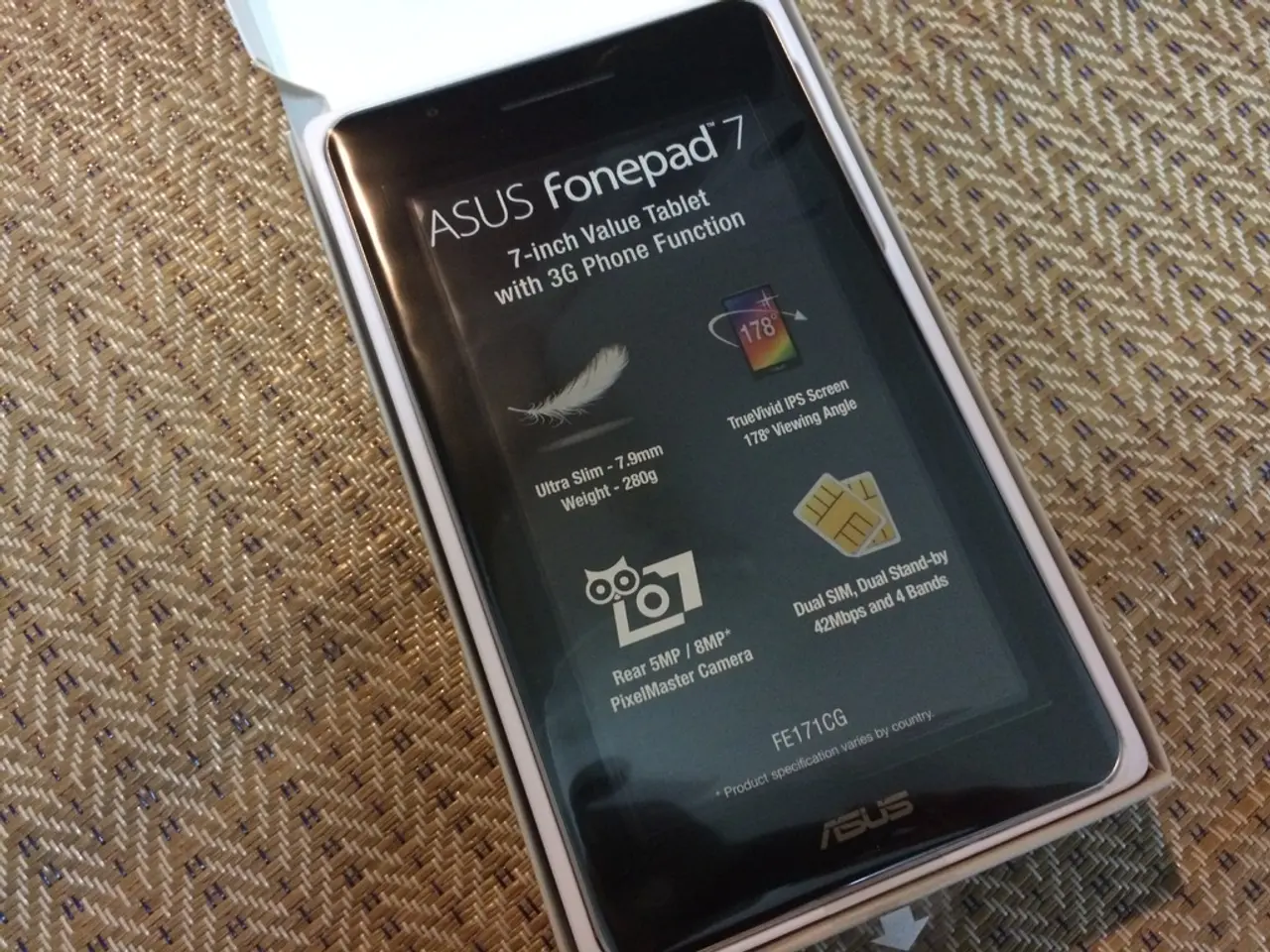Mobile and Ubiquitous UX Design: A One-Size-Fits-All Approach Not Sufficient
In today's interconnected world, technology is no longer confined to stationary workstations or personal devices like smartphones and tablets. Instead, we are moving towards a future envisioned by pioneering researcher Mark Weiser, where each person owns and uses multiple computers, a concept known as Ubiquitous Computing.
This third wave of computing presents unique challenges and opportunities for User Experience (UX) designers. As users interact with an array of devices, from wearables to embedded systems, UX designers must adapt their strategies to deliver seamless experiences across this diverse landscape.
One approach is Designing for Context and Variety. With devices offering varying computational capacities and interface types, UX design must account for differences in performance, connectivity, screen size, and input methods. Adopting adaptive, responsive, and scalable design principles ensures a consistent core experience tailored to device capabilities.
Another key strategy is Leveraging Advanced AI Tools. Integrating large language models (LLMs) like GPT-4 into the UX design lifecycle can help with ideation, prototyping, simulation, evaluation, and iterative refinement of designs. LLMs can generate UI elements, provide design critiques, simulate user interactions, and enhance the overall design process.
Emphasising Usability and Emotion is also crucial in Ubiquitous Computing. UX design seeks not only functional effectiveness but also focuses on emotional engagement and positive flow experiences. This involves designing interactions that account for user joy, affect, and emotional states, moving beyond mere usability metrics towards creating meaningful and satisfying experiences.
Systematic Usability Testing is another essential aspect of UX design in Ubiquitous Computing. Employing metrics like System Usability Scale (SUS), time-to-complete tasks, and error rates across different interface types ensures that designs meet user needs regardless of device constraints. Virtual reality and immersive testing environments can reveal insights about user experience that inform design adjustments to optimise usability and engagement across platforms.
Addressing Inclusion and Accessibility is also vital in this diverse computing landscape. UX designers must critically assess who is prioritised or excluded by their designs, ensuring accessibility and equitable usability across varied user groups, devices, and contexts.
Smartphones and tablets are primarily used for quick, focused information retrieval and supporting tasks, while stationary computers are preferred for performing complex tasks due to their large display areas, keyboards, and mice. Interaction with Internet of Things devices should be implicit and optimised for their single purposes.
In this environment, UX designers optimise results by understanding the devices available to users and what they are best suited for. This knowledge is crucial during the Empathy or Define stages in the Design Thinking process. Only when the entire scope of use is accommodated can designs arrive on target in the marketplace and satisfy users time and again, wherever they may be.
[1] AI in UX Design: A Comprehensive Guide [2] Virtual Reality and UX Design: A Practical Guide [3] Emotional Design: Why You Should Care [5] Immersive Testing Environments in UX Design
- To ensure seamless experiences in Ubiquitous Computing, UX designers must apply adaptive, responsive, and scalable design principles, leveraging Advanced AI Tools like GPT-4 to generate UI elements, provide design critiques, and optimize the design process.
- Understanding Inclusion and Accessibility is essential in the diverse computing landscape of Ubiquitous Computing, as UX designers must critically assess who is prioritised or excluded by their designs to ensure equitable usability across varied user groups, devices, and contexts.
- By understanding the capabilities and best uses of various devices, from wearables to smartphones, tablets, stationary computers, and Internet of Things devices, UX designers can create optimized designs through systematic Usability Testing and focus on user experience strategies, such as Designing for Context and Variety, and emphasizing Usability and Emotion.




